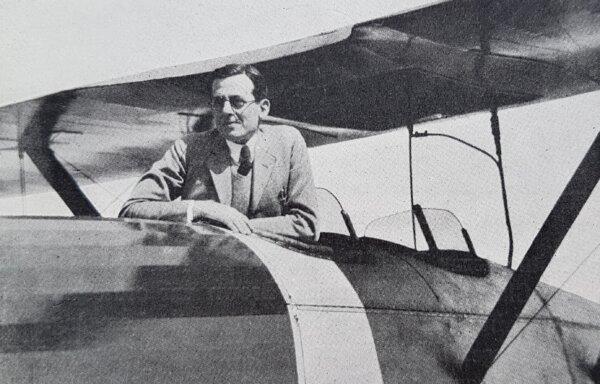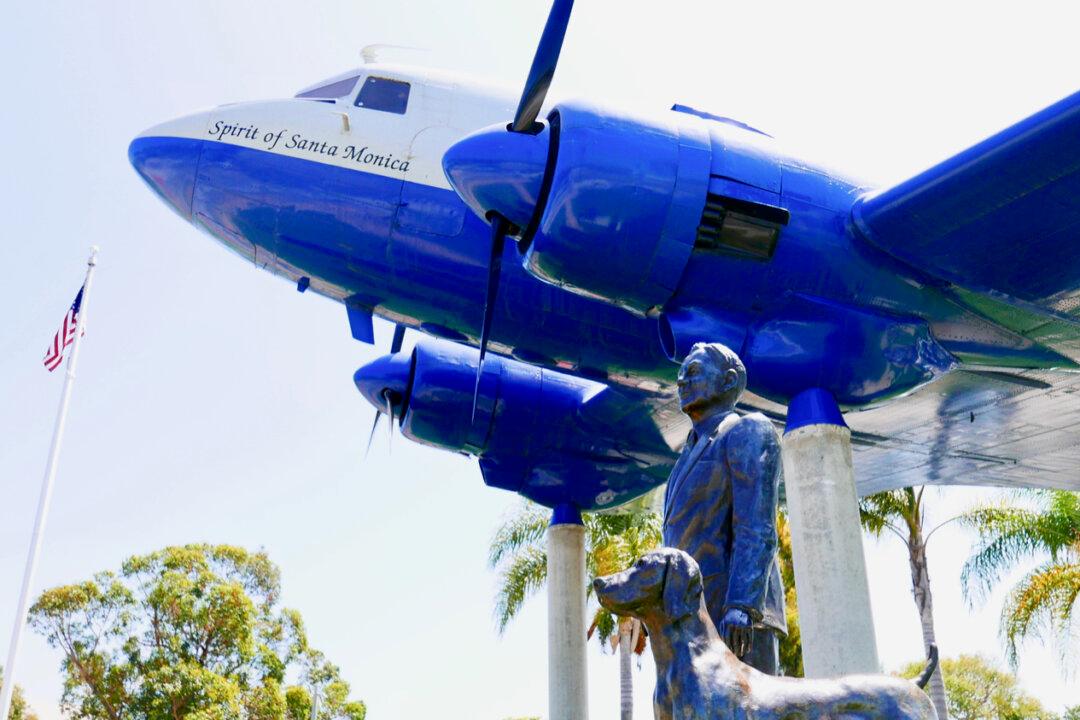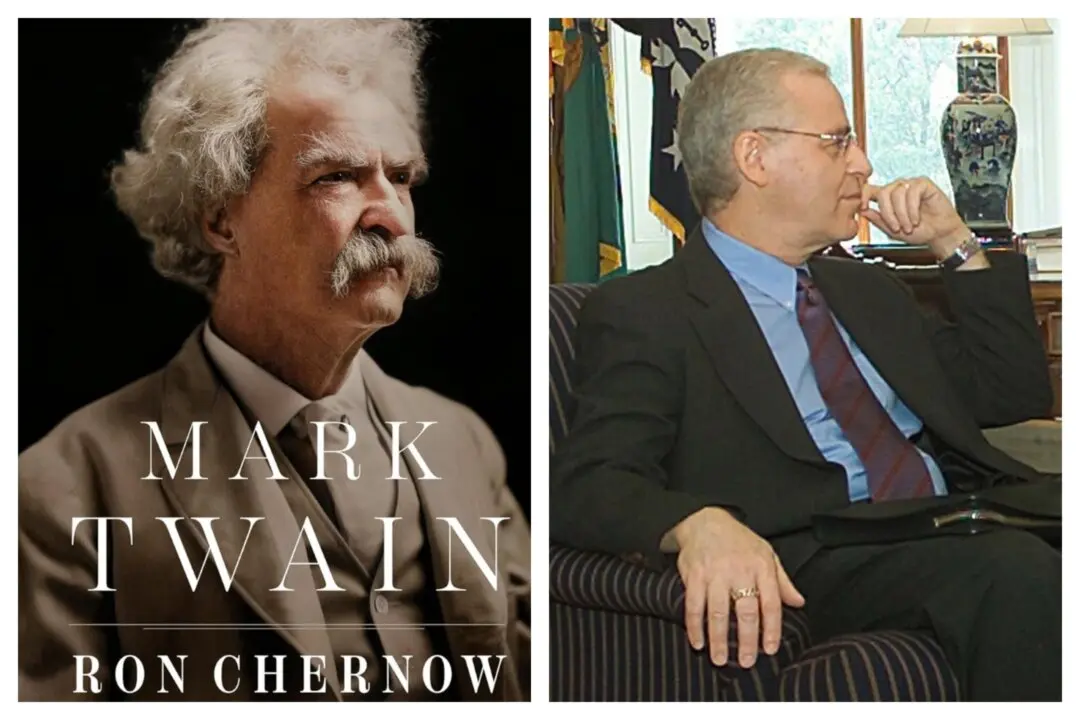Born in Brooklyn, Donald Douglas (1892–1981) took a keen interest, as most boys his age did, in what had taken place on Dec. 17, 1903, at Kitty Hawk, North Caroline. The age of aviation had taken flight, and Douglas, enamored with the Wright Brothers’ successful, though brief, flight, consumed all he could about the potentials of aeronautics. His enthusiasm for the skies only elevated when he witnessed Orville Wright give a flight demonstration for the U.S. Army Signal Corps in 1908.

Donald Douglas in 1946. Against Black Skies, Swedish magazine Sixten Ronnow. Public Domain






